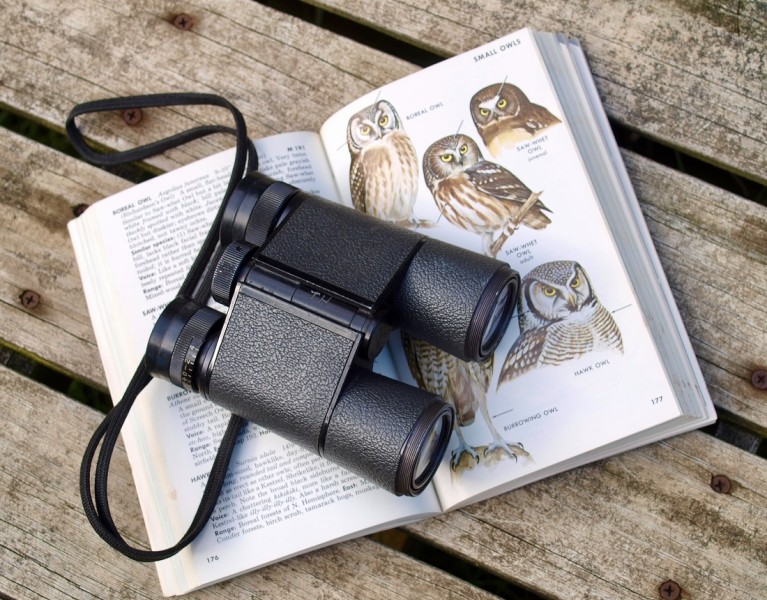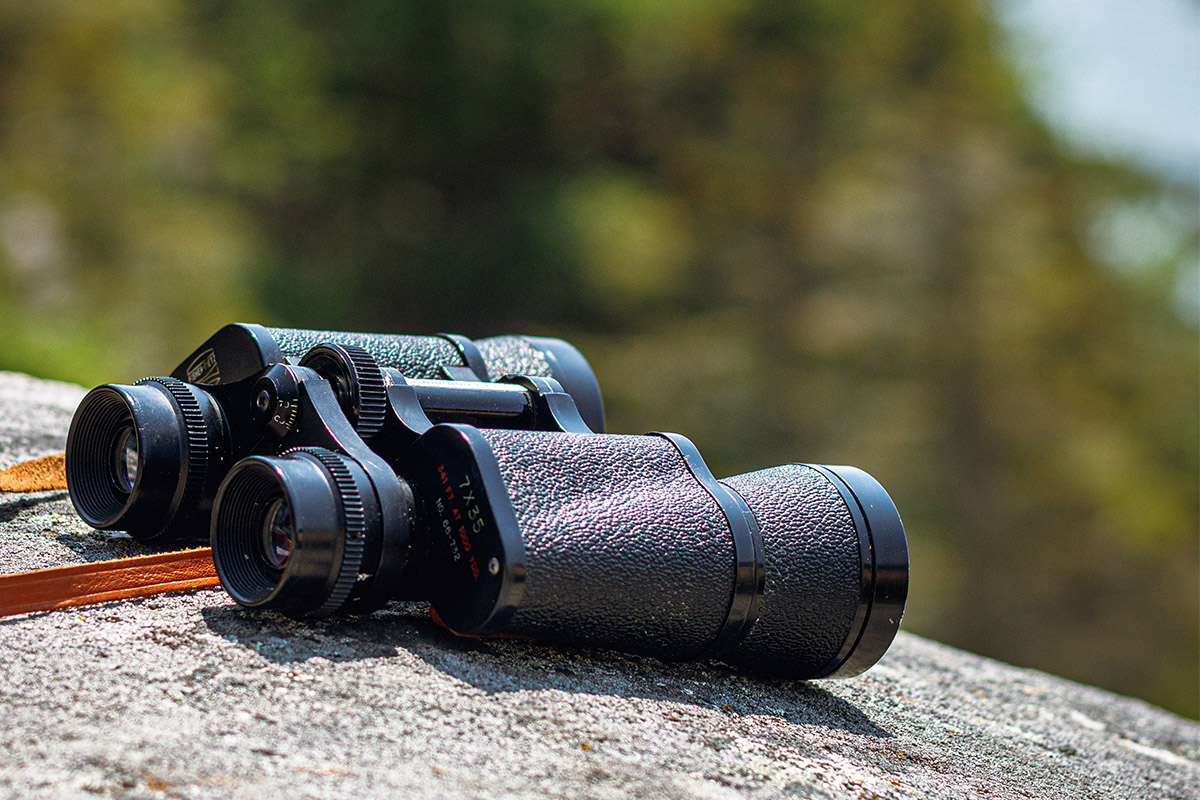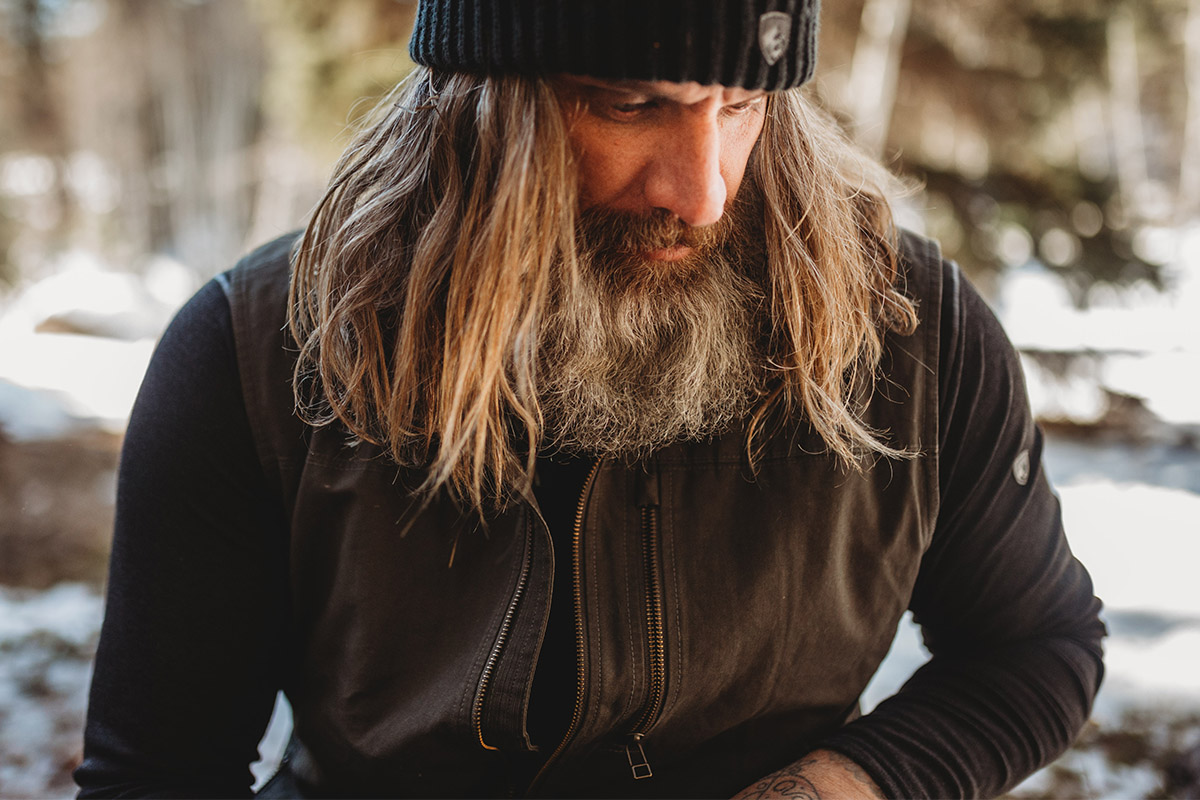
Birdwatching And Why You'll Love It
Table of Contents [Show]
Whether it's the 200 mph diving speed of the Peregrine Falcon or the carrying capacity of the Pallas Fish Eagle (that can lift up a 13 lb carp), we can all agree that birds are truly amazing. That's why so many people love to observe birds, both as an exciting hobby and as a competitive activity.
Did you know that there are about 18,000 bird species in the world? Mono or multi-colored, sizing from a hummingbird to an ostrich. You can see some of them from your favorite camping spots and all those trails you're planning to (re)visit. If you're a passionate outdoor enthusiast fascinated by nature, birdwatching could surely claim one of the top spots on your list of favorite outdoor activities. Birdwatching is, in fact, a great way to spend time outdoors and reconnect with nature.
What is Birdwatching?
In simple terms, birdwatching is the observation of live birds in their natural habitat. Not only is it a popular way to spend time outdoors, but it is also a scientific discipline (ornithology) and a sport-like activity (birding). Birdwatching has evolved greatly from the 19th century when enthusiasts only examined birds after shooting them down. In the 21st century, we use binoculars to study wild birds from afar without harming them.
On May 4th of every year, Americans celebrate National Bird Day to admire these amazing members of nature's kingdom. Reports quoting the United States Fish and Wildlife Service indicate that approximately 48 million Americans watch birds.
And speaking of birdwatching and birding, is there a difference? Well, while the interest for birdwatchers and birders is the same, what separates birdwatching and birding is the level of commitment. The interest ranges from mild pleasure (by birdwatchers) to an entire lifestyle of travel and competition (by birders). A birdwatcher can be anyone who likes to have a peaceful pastime watching birds, while a birder is someone who dedicates a great deal of time, money, and energy to the observation of birds.
What Do I Need for Birdwatching?
One of the great appeals of birdwatching is that it is a fairly low-cost activity. Basic gear includes binoculars, a field book for bird identification, and a notebook for recording place and time of sightings. During your birdwatching expeditions, you will make a so-called life list, which is essentially a record of all bird species that a birdwatcher sees over his/her lifetime.
Let's talk about binoculars. With many different types and models of binoculars to choose from, you're probably wondering how to choose a good one. When choosing binoculars, there are a number of aspects to consider.
The first aspect to consider is the size of the binoculars. A lightweight, compact model is more convenient to carry in your cargo pockets and use in the outdoors.

Another aspect of consideration is the magnification power of the binoculars. Magnification is basically the number of times an object is magnified through the binoculars. In the specifications, look for a number combination, such as 7 x 42, 8 x 30, or 10 x 25, etc.
The first number denotes the magnification. Opt for binoculars with a magnification of 7-10s as they give both enough magnification and stability. The second number is the lens diameter. For instance, a 7 x 42 binocular has an objective lens diameter of 42 mm. The wider the lens diameter, the more light the binoculars will soak up, and vice versa. Opt for binoculars with a lens diameter of 30-42 mm.
It's also important for you to consider the Field of View (FOV), which is the visible area seen through the binoculars. In general, FOV (also referred to as Angle of View) will increase as the magnification decreases, and vice versa.
Another aspect to pay attention to is something known as "close focus." This is basically an estimate of how close you can get to your subject (i.e., a bird) and still be in focus to view a clear picture. The smaller you can get your close focus, the better. Generally, anything below 6.5 ft is considered good.
The waterproof or fog proof capability is another important aspect of consideration. Depending on the climatic conditions or the weather conditions of the place you're going to, you should choose a pair of binoculars that have either of these two capabilities.
What to Wear for Birdwatching?
Considering you'll spend a lot of time outdoors in various weather conditions, choosing the right birdwatching apparel can be really important. Since you'll be outdoors for hours, or even all day, you'll want to wear comfortable, flexible, and protective clothing.
One of the favorite clothing items of birdwatching and birding enthusiasts is a pair of convertible pants. Dubbed as "pants in the morning and shorts in the afternoon," many outdoorsmen find them really useful and have a go-to pair in the wardrobe.
Some pants like the Renegade™ Cargo Convertible have deep cargo pockets on the legs, perfect for birdwatching gear like notebooks and field guides. They're also sun protective, which is a big plus in the summer season. The Hörizn™ Convertible pants or one of the roll-ups are an ideal women's choice to wear for birdwatching.
Cargo vests are another staple in avid birdwatchers' wardrobes. These types of vests are extremely popular because they have pockets that are deep enough to hold plenty of gear, even binoculars. A good example of a cargo vest that is great for birdwatching is the Burr™ Vest, which is not only ideal for outdoor adventure, but it's also perfect for travel.

Anyone who loves spending time outdoors also understands the importance of breathable shirts. Not only are breathable shirts great in just about any condition, but they also offer sun-protective, sweat-wicking, and cooling capabilities. A lightweight, top-performance shirt like the Airspeed™ LS is certainly a good choice, as it features articulated five-panel sleeves and strategically placed mesh for ultimate comfort while birdwatching.
The importance of functional footwear when on an outdoor expedition like birdwatching cannot be overemphasized. As such, you will need comfortable boots with proper ankle support and adequate tread.
Last, but not least - keep your head safe! To ensure that you are protected from prolonged sun exposure, you need a wide brim hat. Hats with wider brims, such as the Jetstream™ Sun Blade offer more protection, especially to the neck.
Where to Go Birdwatching in the USA?
The United States is home to 61 national parks, 562 national wildlife refuges, and over 350 other units in the National Parks Service. Countless other sanctuaries, observatories, and preserves offer plenty of opportunities for birdwatching and birding.
One of the destinations for birdwatching in the United States is the Merritt Island National Refuge in Cape Canaveral in Florida. It's an ideal spot to see more than 358 of birds in their natural habitat.
Another popular place to go birdwatching is Cape May National Wildlife Refuge in Cape May, New Jersey. The destination offers a similar variety and has become a haven for nesting piping plovers, which is a threatened shorebird.
Central Park in New York is also another favorite spot for birdwatchers. With abundant trees, plenty of water, meadows, and large rocks, this park that is in the middle of Manhattan is a microcosm of bird habitats. You'll see birds of prey in the fall, including American kestrels and ospreys, and see plenty of warblers in the spring.
Wondering what to wear when heading to any of the birdwatchers destinations in the USA? Check our top-notch collections of outdoor clothing for men and for women.
Featured Image - Binoculars rest on a bird identification book open to a page on owls; by Diane Helentjaris.


